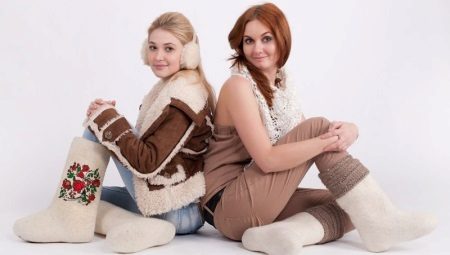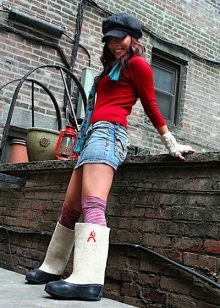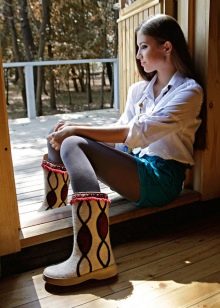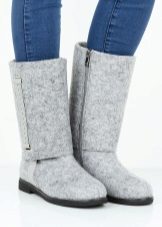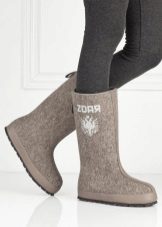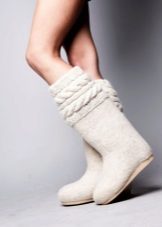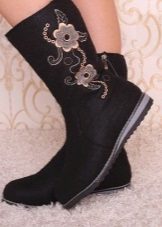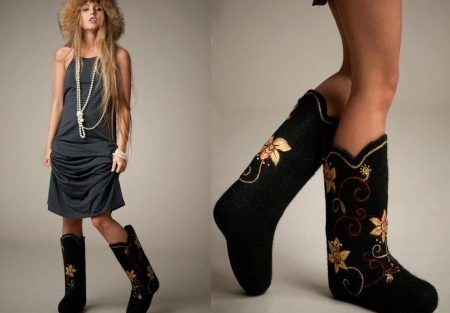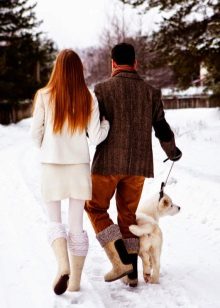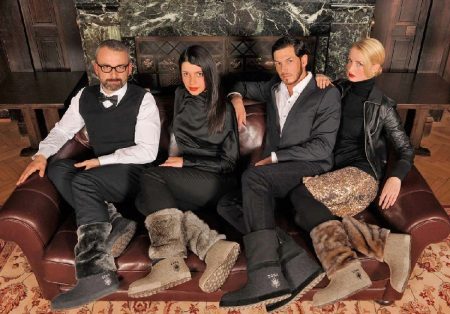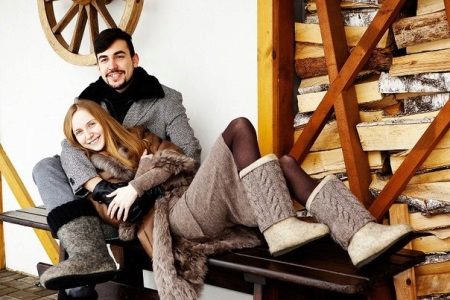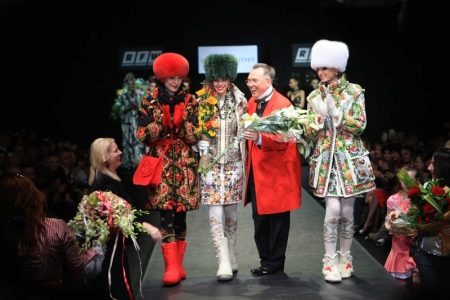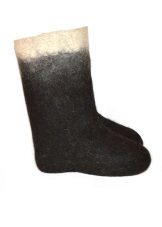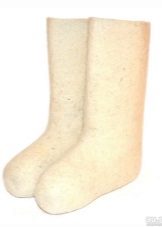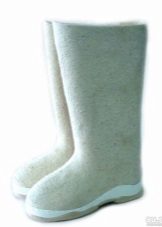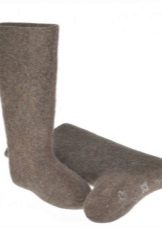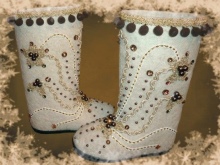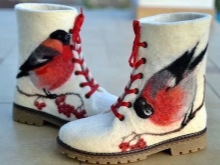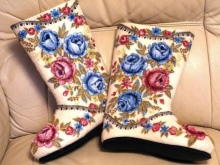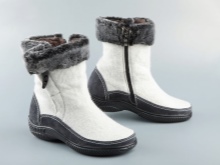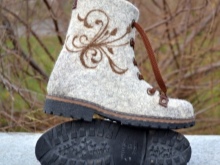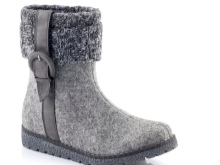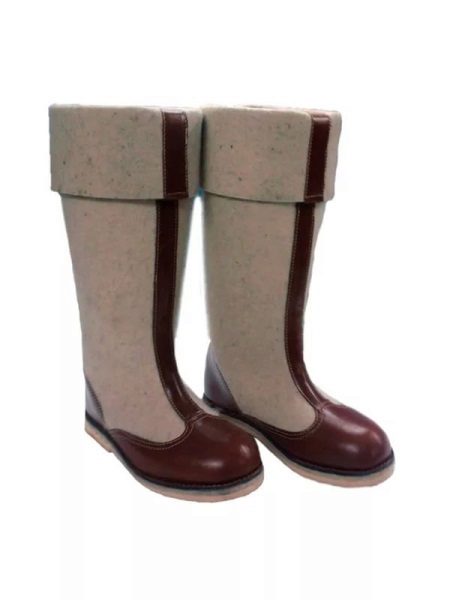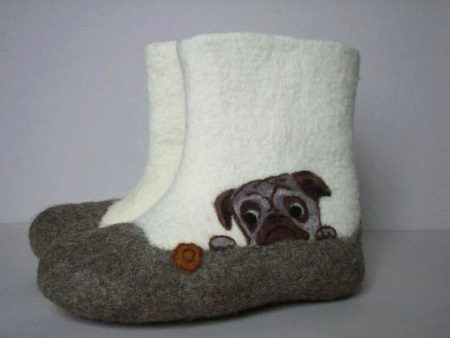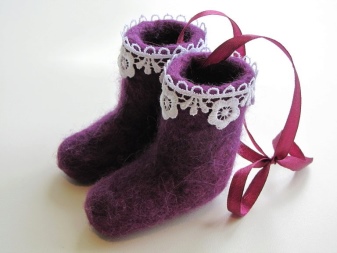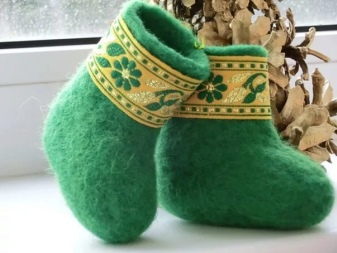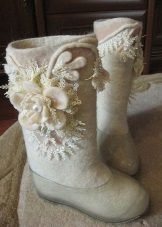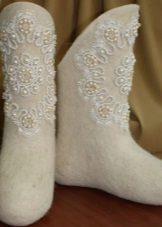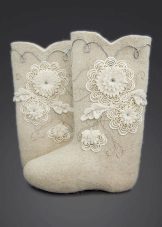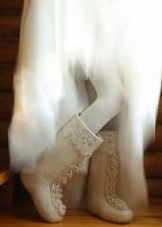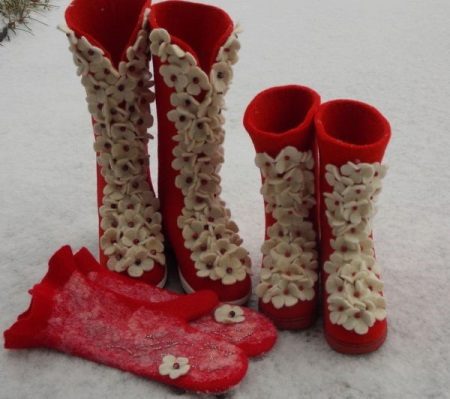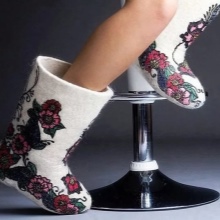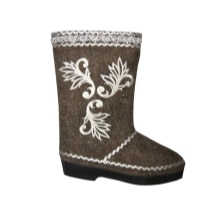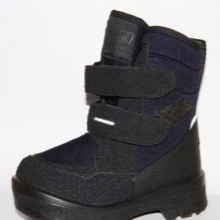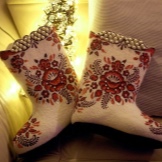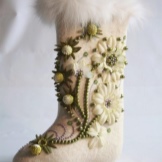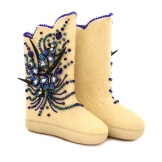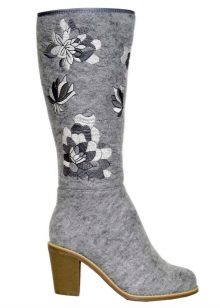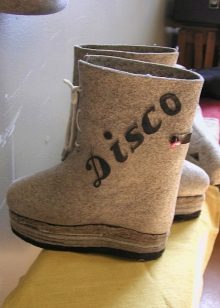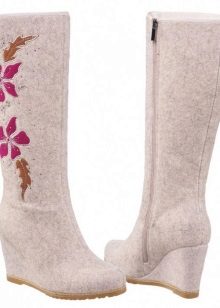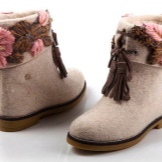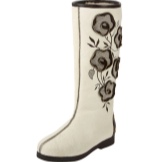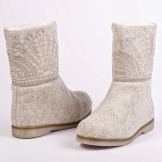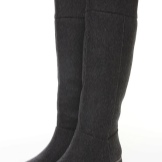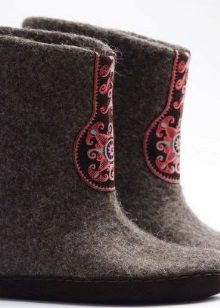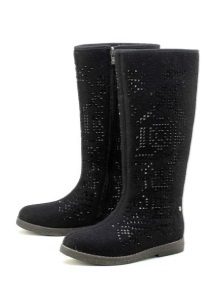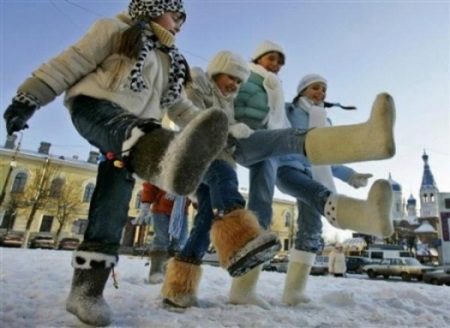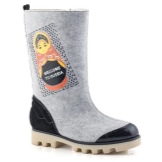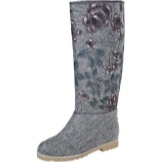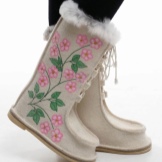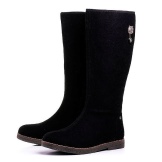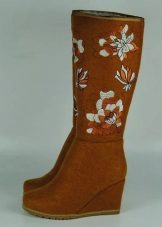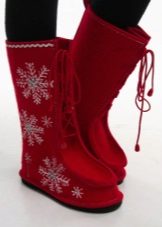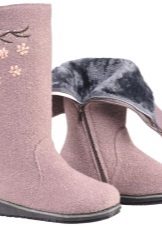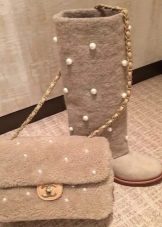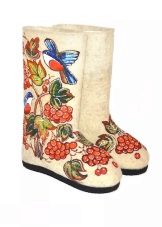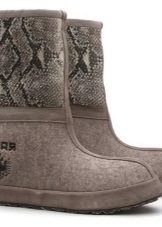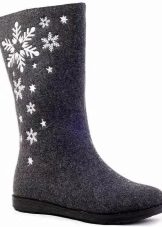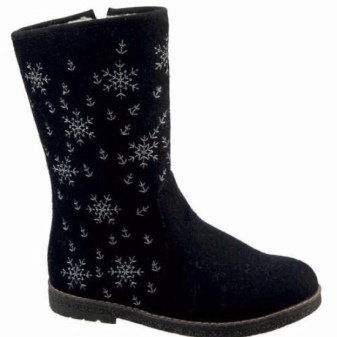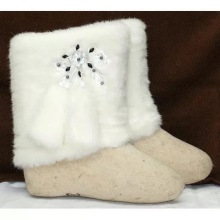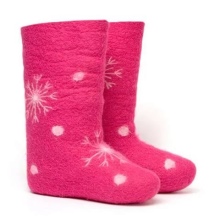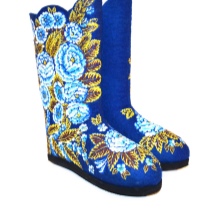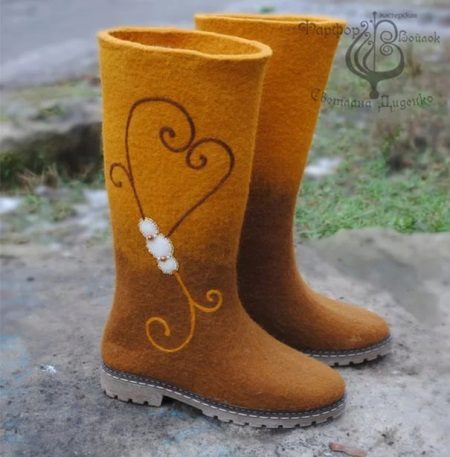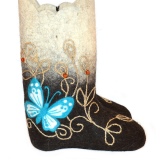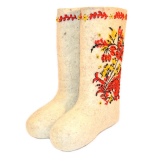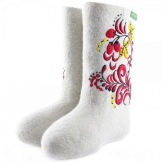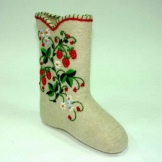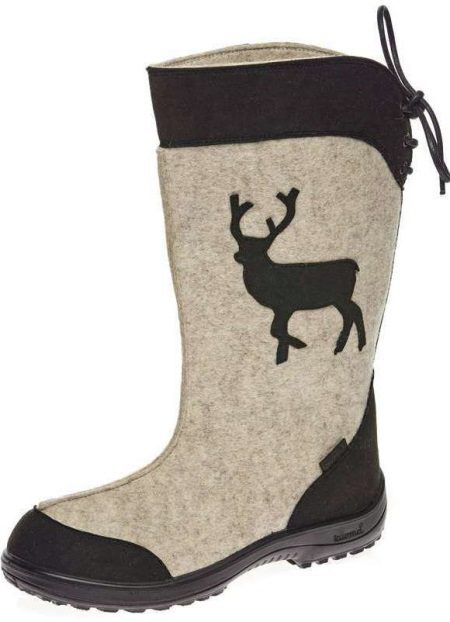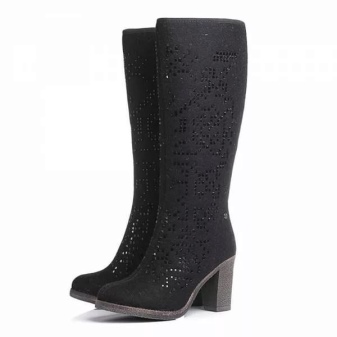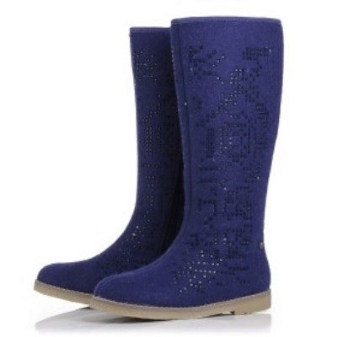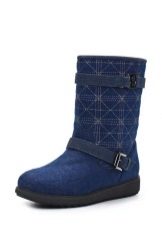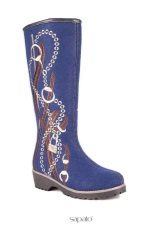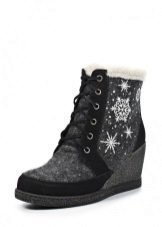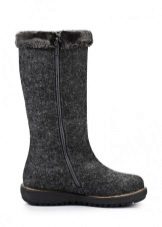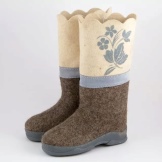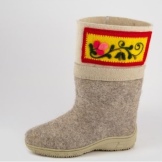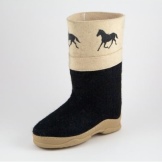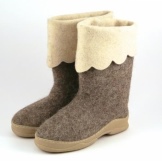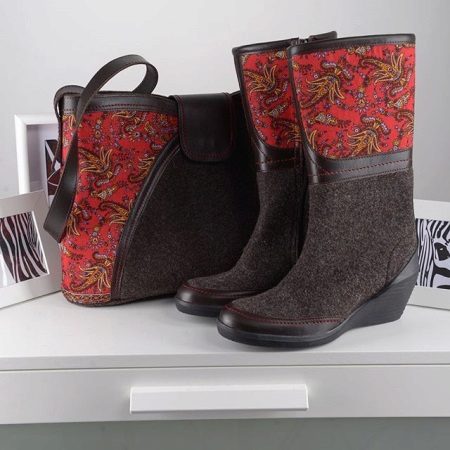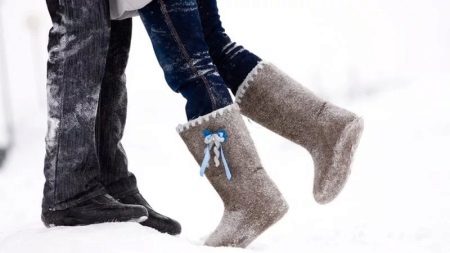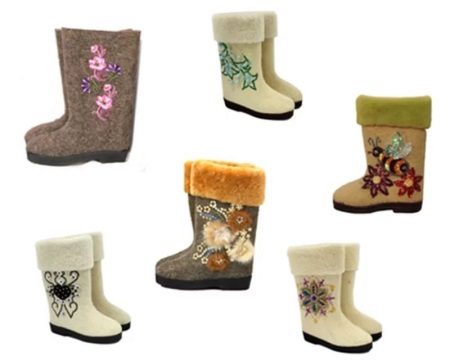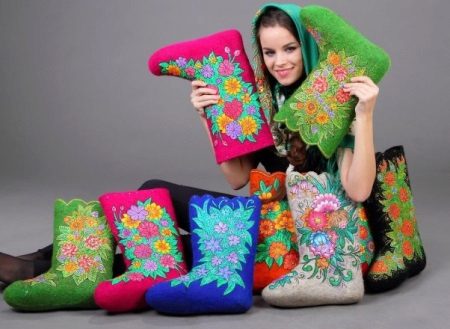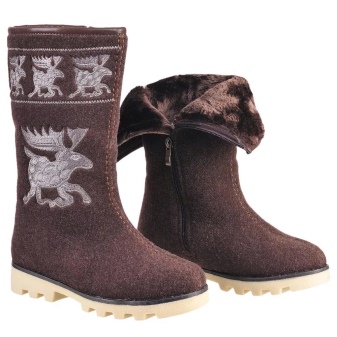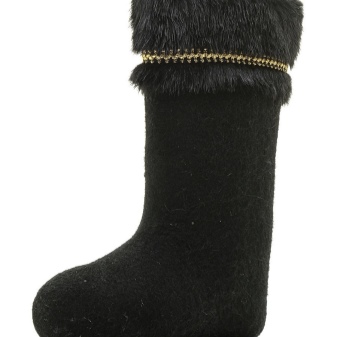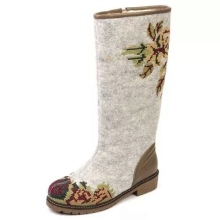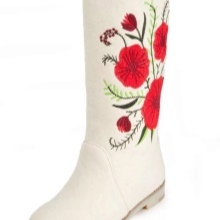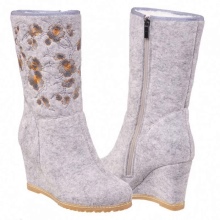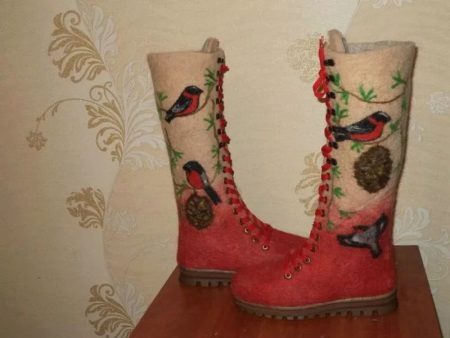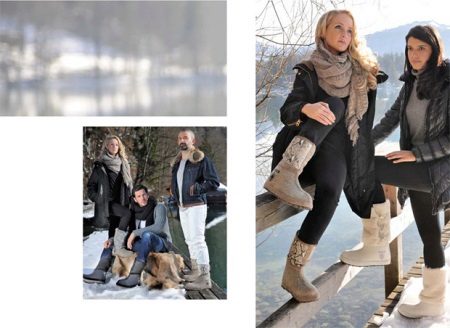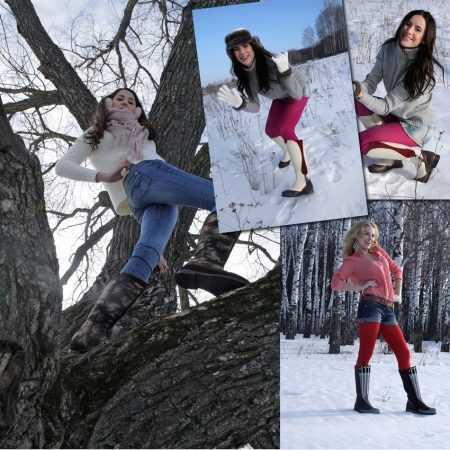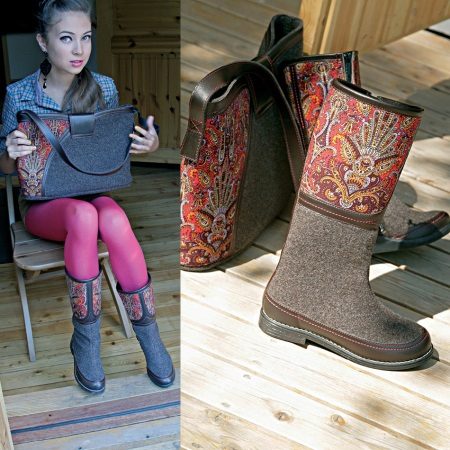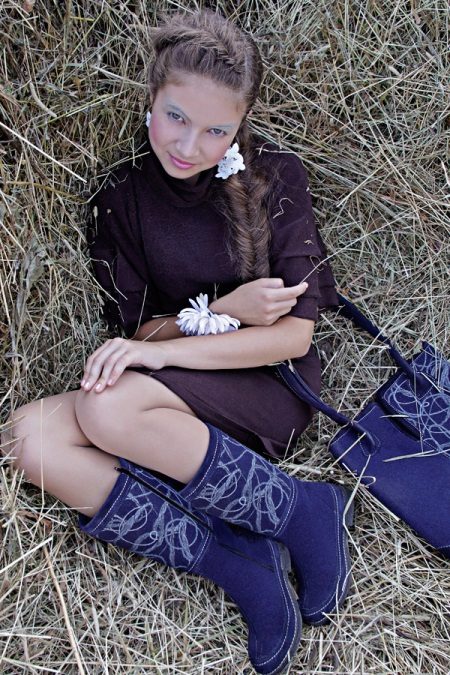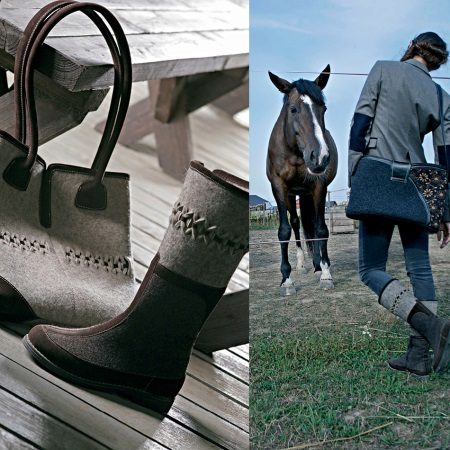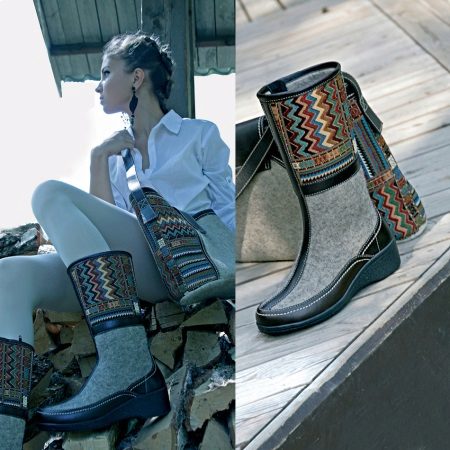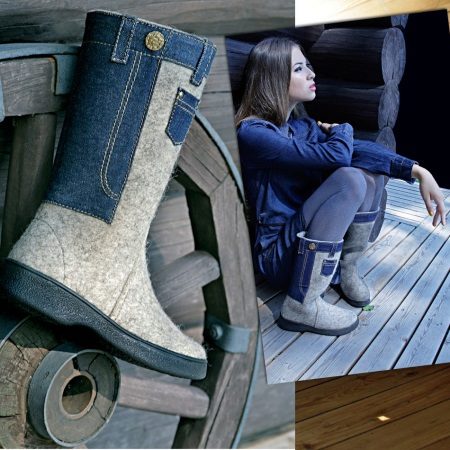Fashion has the ability to return. So, in recent times, felt boots, which are no longer perceived as village shoes, have been experiencing their rebirth. Today it is a fashion trend in demand from modern women.
History of
The prototype of this felted wool felted footwear was pima, which were worn by Eurasian nomads one and a half thousand years ago. In ancient Russia, felt boots appeared during the Golden Horde period - they were brought in by the Mongolian and Turkic peoples.
Until the 19th century, it was the shoes of extremely wealthy people, and usually there was only one pair for the whole family, which they used in turn. It should be noted that Tsar Peter 1 himself liked to wear felt boots. The nineteenth century was the time of mass distribution of these items. Interestingly, by the beginning of the 20th century, a pair of factory boots could be bought for only two rubles, but in the revolutionary period their cost increased significantly (approximately to 15 rubles).
The main centers of the felting industry were located in the Yaroslavl and Kostroma, Tver and Nizhny Novgorod provinces. By the way, in Yaroslavl now, as before, they are engaged in breeding a special Romanov breed of sheep, it is distinguished by thick warm hair and is very well lying.
In Vyshny Volochek there is a museum that tells the story of a Russian felt boot, here you can see the first domestic models of this shoe, a king felt boot (two meters high), a carding machine, and other interesting exhibits.
Valenki - the most practical and comfortable shoes for real Russian winter. In addition, sheep wool is famous for its healing properties: it provides a light foot massage, improves blood circulation. Its main advantage is the ability to retain heat even in extreme cold.
Modern boots - an interesting topic for design development, and foreign fashion experts are involved in this. Today these shoes are no longer associated with a rough design and dark colors. The property of retaining heat is successfully combined with elegance, an example of this is the Finnish felt boots Kuoma.
Kinds
There are various types of these shoes. Classic boots - This is a simple model, with no decorative ornaments. They leave a lot of room for the manifestation of creative imagination to decorate the product to your liking.
Author valenki - things decorated with embroidery, rhinestones, decorative tape. For example, models from Vyacheslav Zaitsev are very popular in the bohemian environment. Designer boots can be made to order, and then the product will be truly exclusive.
Boots boots with a sports-style lacing - an ideal solution for winter walks and nature trips. Laces provide an opportunity to securely fix the shoes on the foot.
Burqa - men's version of boots: leather bottom of this shoe is combined with a white felt top.
Homemade valenki - special models for socks indoors, a more comfortable alternative to warm socks, cloth slippers and rubber slates. Such a thing will be a wonderful gift for children and adults, for example, for the New Year or Christmas.
Souvenir boots - charming miniature items with the most diverse decor, which are bought as souvenirs.
Wedding boots purchased specifically for honeymooners. They are decorated with typical embroidery, elegant lace, etc. Paired models for the bride and groom complement each other.
Also cute looks paired options for mom with a little daughter. This style is called Family-look Today is very popular.
Fashion models
Today, there are three types of boots:
- Classic woolen products (broken).
- Options with a rubber or polyurethane sole.
- Models of woolen cloth, but having a heater - batting, bike or fur, as well as sewn soles. Such products are useful for thaw.
Popular are the Finnish boots. These models are equipped with a heat-insulating sole made of polyurethane, which does not allow slipping on the ice. The top of such models is treated with a special composition that prevents adhesion of dirt and dust, and the interior has a high-quality pile.
Fashionable boots of the season 2016-2017 richly decorated with rhinestones and fringe, embroidery and painting, as well as other spectacular details.
Valenki today are made as a traditional form with a flat sole, and more intricate, for example, with a heel, platform, wedge. Designers even offer stylish stiletto boots that will create a feminine look even in the bitter cold. But still more practical and resistant products on a wider sustainable heels or wedges.
The boot boots can be long or short, free or close-fitting. Also, the upper part can be tightened with laces, fastened with a zipper or velcro, fixed with an elastic band.
Polyurethane sole boots (especially often it is found in models with a heel) is not erased and does not slip. As a rule, it is ribbed - drains water. It is preferable to choose options for thick soles, which is safer to save wool from dirt.
Various manufacturers in competitive conditions equip their felt boots with various useful elements:
- Removable insoles, including embossed.
- Sealed backdrop.
- Knitted cuff to protect from snow and wind.
- Additional gluing seams.
- Reflective elements to ensure safety in the dark and in bad weather.
What are they doing?
Initially, the boots were made entirely by hand from sheep wool, with the white versions from the Mongolian breed, the gray ones from the Caucasian and Central Asian sheep. However, there were separate samples from the wool of goats and dogs.
Note that the manufacturing technology for several centuries, in principle, has not changed. This process is simple, but it requires physical strength, as well as patience. The oiled wool must be thoroughly washed and cleaned of impurities. Then she weighs and forms the necessary proportion of “autumn” and “spring” raw materials: it is she who determines the color and softness of the finished shoe. After the wool is sent to the machine, where it is loosened and mixed until a homogeneous mass. Day the raw material is cured, and after that it goes to the next shop where finished products are made of it.
Today, elite boots are made from camel wool, it is much lighter than sheep, but just as warm and strong. Also, designers insert into ordinary felt boots leather, felt, satin, lace fragments. Often this shoe is decorated with fur details, for example, mischievous pompons.
Color and print
Today, felt boots are made not only in traditional restrained colors. Each woman of fashion can find a coloring to the taste.
Winter is the time to indulge in flashy tones that will cheer up everyone around you. Fashion designers offer options for purple, crimson, orange, bright blue, mint color. Of course, classic white and black are still present.
Valenki of metal shades and gradient models with transition from light to saturated color, additionally decorated with embroidery, look original. Smoke-gray options with elegant patterns on the top are in demand.
In the winter season of 2017 in the trend of folk style is embroidery and painting in the traditional Russian folk style (flowers and berries). Such shoes are a wonderful means of expression. Also interesting are northern ethnic motifs.
Brands and factories
Finnish brand Kuoma produces light felt boots with excellent water-repellent properties and a durable sole. These models differ in bright colors, suitable for everyday wear and for business wardrobe. Unlike the felted counterparts, they can be washed in a typewriter without affecting the appearance.
British boots designers mainly focus on the youth environment and are characterized by the direction of "urban chic". These are options with catchy embroidery and original prints. but trademark Keddo Offers felt boots in the classic style of calm colors.
Stylish and elegant boots produces Cooper (Slovenia). Many models are decorated with elegant perforation, embroidery. Many options with quilted textile upper.
The domestic manufacturer of felt boots is represented by a large number of factories. One of the leaders is Yaroslavl factory for the production of felted shoes. The company offers both traditional products and felt boots with rubber and polyurethane soles, with various types of finishes. In addition, in the assortment there are homemade slippers. Souvenir products, including to order, with the logo of the customer organization are also made.
Factory "Kalyaev" sews felt boots with various tops and heels. The range of models, decor and colors are striking in their diversity.
Among other Russian manufacturers we will call the companies "Tofa", "Kotofey", "Zebra".
How to choose?
Selecting boots, take into account the method of manufacture. Handmade products take strictly in size. Models of machine production, as a rule, shrink, so their size should be more than two units (with rubber soles, buy more than just one size).
Shoes should not be hard - otherwise you will be uncomfortable to walk. But a very soft felt boot is a sign of raw material, it will not keep its shape. Try to squeeze the product - good wool slightly springy.
Also note the smell: in case it is unpleasant - the wool is poorly washed. Such a smell will not disappear with time. High-quality felt cloth uniform, without lumps and thickenings. Note that the inside of the boots should also be smooth, in thin places a hole may gradually appear.
How to care?
With proper care, these shoes can last for at least 7 years.
- Coming from the street, immediately shake off the boots with snow so that it does not melt on them. And in wet weather it is better to prefer rubber boots or wear special galoshes on felt boots (now there are transparent options that do not affect the attractive appearance).
- Remember that boots never need to be washed. After all, the raw canvas is necessarily deformed and will lose its presentable appearance. When you need to clean the dirt - use a brush with natural bristles, in extreme cases - a slightly damp cloth.
- It is also unacceptable to dry wetted boots on a battery or heater. After this procedure, the coat will harden. Valenoks perfectly dry out and at room temperature.
- These shoes need to be carefully stored, as natural wool is a moth bait. Put the boots in a plastic bag, do not forget to put a pill against insects. Periodically check the condition of the product.
How much are?
The price of ordinary boots of machine production with a factory finish is quite affordable when compared with the cost of winter leather products. As a rule, it does not exceed two thousand rubles, it is determined by the tops and the material of the sole. Handmade designer products will certainly cost you more - the price can be several tens of thousands. The same applies to models of elite camel wool.
What to wear?
Valenki is a wonderful piece of winter wardrobe for a modern fashionista. They are perfectly combined with sheepskin coats and short sheepskin coats (especially if your shoes have a heel or wedge). However, it is inappropriate to wear them with fur coats on the floor and coats of classic style. Options on a flat course will look great with short down jackets.
The rest of the clothes, as a rule, can be any. Avoid only long skirts, as well as too strict outfits.
A great addition to felt boots is skinny jeans and a warm volley sweater. Also, these shoes look good with leggings and knitted tunic, pullover, turtleneck, stylish fur vest. Note that trousers are usually tucked into felt boots.
It is perfectly acceptable to combine these shoes with a skirt (mini or midi lengths) and a flirty blouse. Moreover, products with a high ankle will suit a short skirt, and short valenki are suitable for medium-length clothing.
Favorite knitted dress will appear in a new light in combination with this distinctive footwear.
Valenki successfully complement some more accessory in the Russian folk style, for example, a down scarf in the role of a scarf.
Stylish images
Glamorous autumn look.
- Stylish felt boots with light tights - looks stylish, and you feel warm and cozy in such a dress.
- Very original model boots. Denim will complement the image and make a bright accent.
